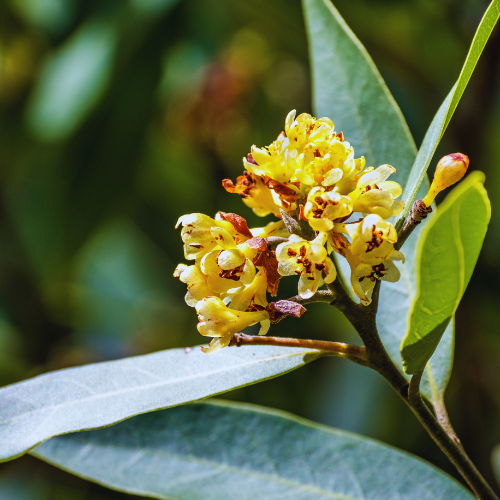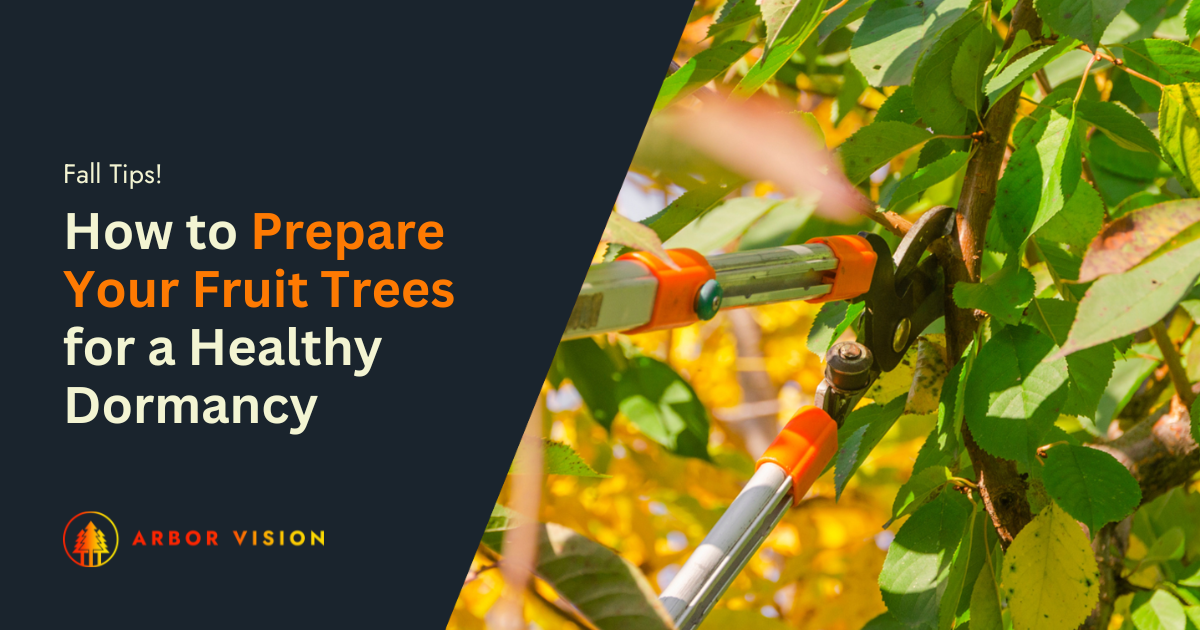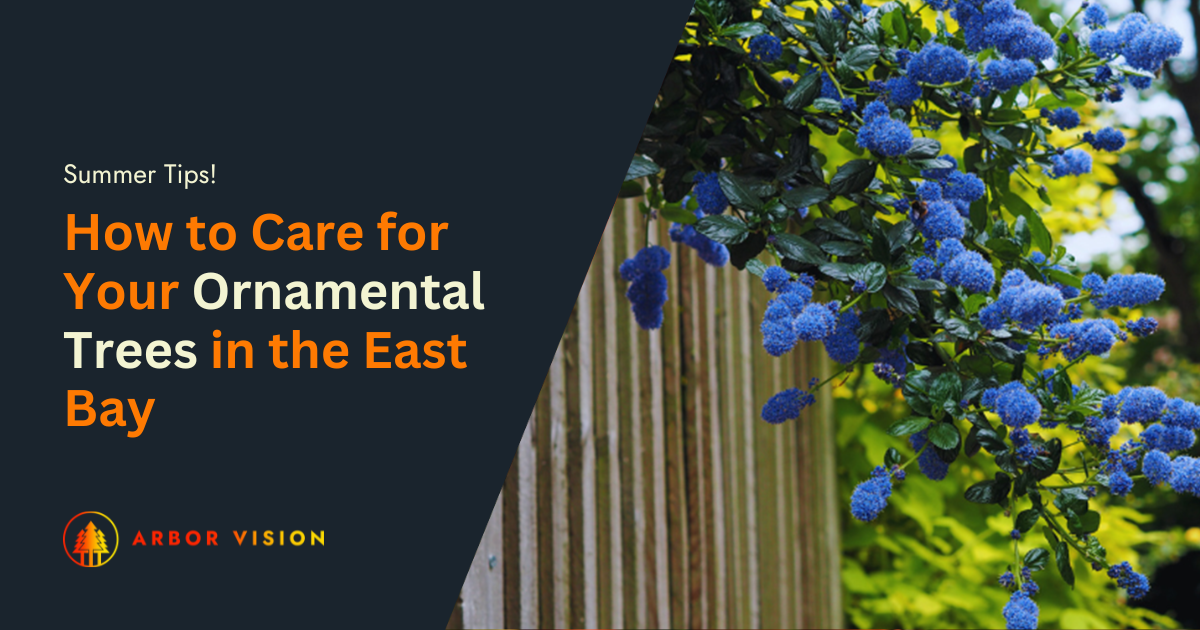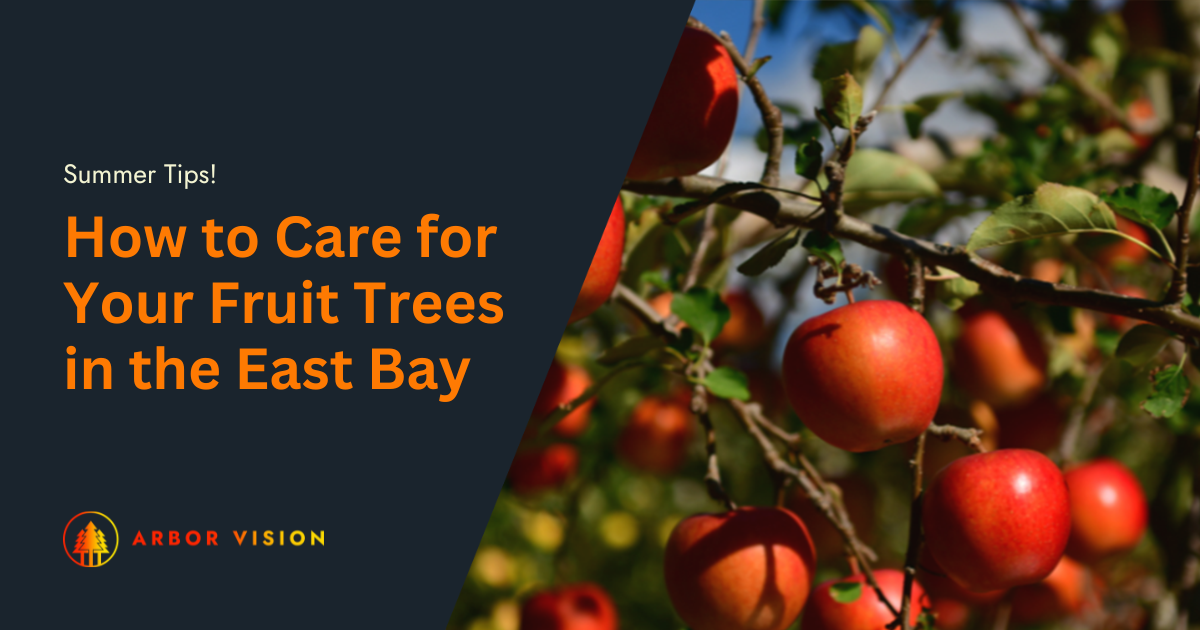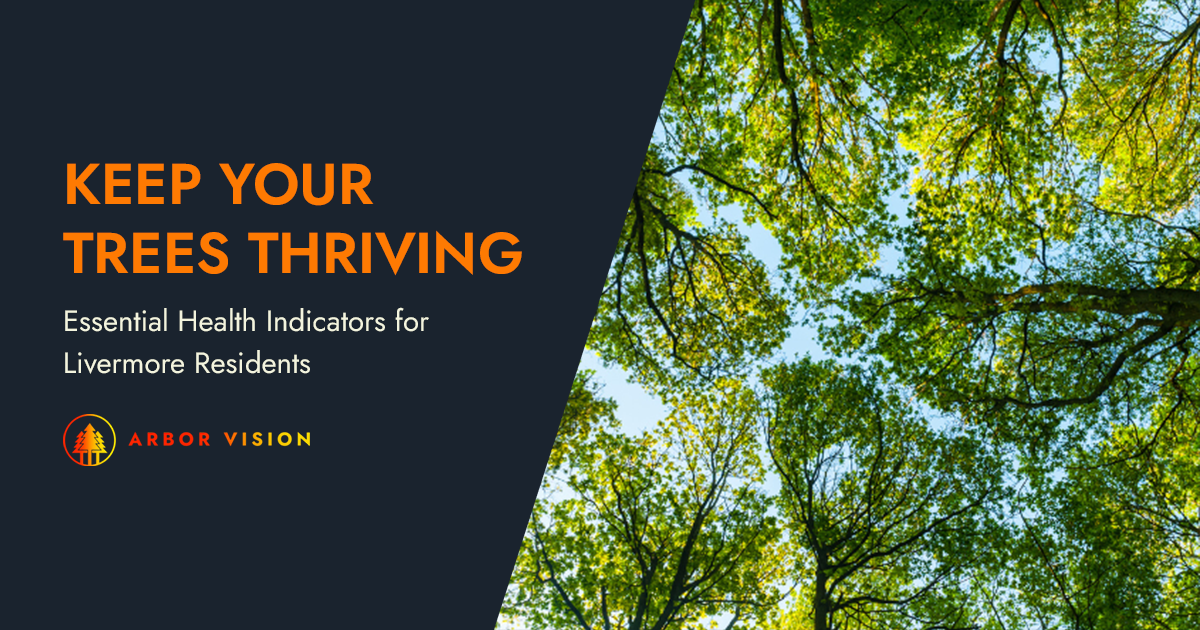
Fall blooming trees in the East Bay add a burst of color and interest to any landscaping scheme. Keep reading for seasonal tree care tips for specific varieties of trees that flower in fall to help create a vibrant landscape across Danville, Castro Valley, Dublin, and Pleasanton.
What types of trees bloom in the fall in California?
There are several fall blooming trees safe to plant in the East Bay area, including:
California Bay Laurel
California bay laurels are from the same family as avocado trees. This broad-leaved evergreen has a flaky, scaly bark and a peppery fragrance that earned it the nickname “pepperwood.” As trees that flower in fall, they produce yellowish-green flowers in clusters often year-round, with fruit that begins to ripen between September and November.
Care tip: In the fall, protect the root zone with a generous 4” thick layer of mulch.

Fragrant tea olive
Also known as sweet olive, this evergreen produces a heavenly fragrance as the cream-to-orange flowers make their appearance in October and November. Although not always the cold hardiest tree, the orange-flowering tea olive does well in Zones 7–11. Its brilliant display overtakes the large, holly-like leaves, and the tree will do well in full sun to partial shade in moist, well-drained soil.
Care tip: You can prune the lower branches to allow this shrub to grow as high as 20 feet.
Sasanqua camellia
Korean Fire camellias feature bright funnel-shaped red flowers and are the cold hardies camellia appropriate for zones 6 to 9. They grow 6 to 15 feet tall and 6 to 10 feet wide, making them one of the nicest-sized fall flowering trees that bloom from September through to December. It does well in partial shade close to pine trees, where it will enjoy the benefits of the acidic soil.
Care tip: Removing dead or damaged branches and long, heavy shoots should only be done immediately following the blooming season to help stimulate healthy branching.

Magnolia
The name magnolia means March til frost, as a long blooming tree that has lovely flowers well into fall. So, although not a fall blooming tree specifically, its lovely dark green waxy leaves with brown undersides are complemented by the large, fragrant white blooms throughout the fall months, these trees thrive in full sun to partial shade in average, well-drained soil and make a showy focal point for any garden or courtyard.
Care tip: Fertilizing magnolias in the spring, summer, and autumn tends to be the most important step in caring for this low-maintenance, disease and pest-resistant tree.
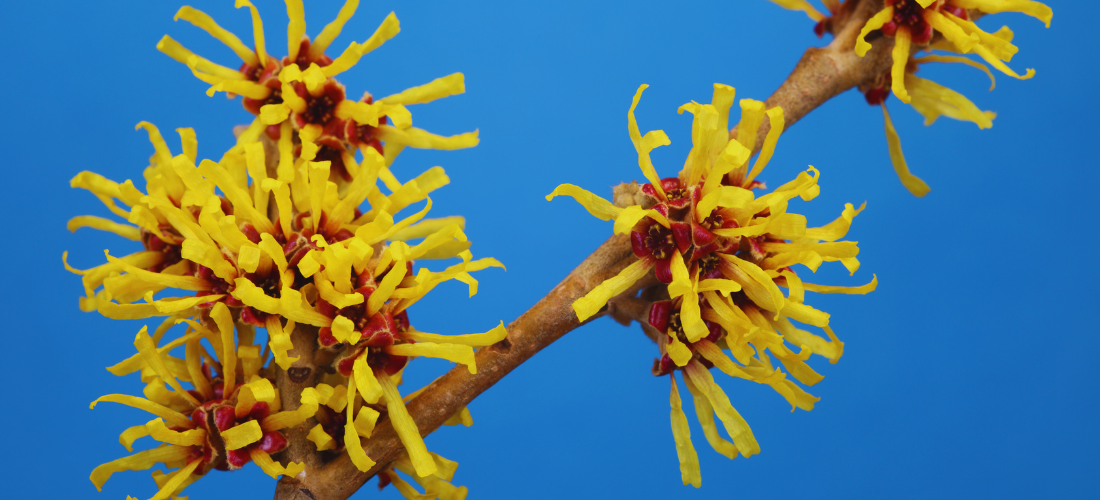
Witch hazel
This is actually a slow-growing shrub but reaches a height of 10 feet. It has broad leaves, and in the late fall or early winter, it displays delicate spidery yellow to red flowers that come into full bloom in the winter. Interestingly, this tree can produce flowers and fruit at the same time and in many cases, produces an impressive fall display with butter-yellow to bright scarlet leaves, typically blooming from October to March
Care tip: Witch hazel loves water in the summer to bloom well, so mulching can help keep the soil moist.
Fall Blooming Trees FAQs
Are there any trees you can plant in the fall?
Yes, fruit trees and shrubs are ideal for fall planting, but any tree will do well when planted during this season. This is because the heat of summer is the biggest threat to California trees. The fall provides three seasons for the tree to develop its root system without the worry of heat impacting the initial shock of being transplanted. Ideal trees for fall planting include:
- Citrus
- Mulberries
- Figs
- Peaches
- Plums
- Cherries
- Apples
- Pears
- Quince
Is spring or fall the best time to plant trees?
Because of California heat, trees tend to fare better when planted in the fall. This allows them to gain root development throughout the fall, winter and spring, before the heat of the summer hits.
When is the best time to prune trees that bloom in the fall?
It is best to prune late bloomers in the late winter and early spring before the end of their dormancy.
When is the best time to add mulch to trees?
Mulch should be applied in the late spring and again in the early fall. Apply a 2-3” layer keeping avoiding direct contact with the trunk. For older trees, their fallen leaves provide a natural mulch that helps promote tree health with natural nutrients. It also creates shelter for beneficial birds and insects that help naturally manage harmful pests.
Trees that bloom in fall add a burst of color often accompanied by a lovely fragrance to bring more joy into your garden as the summer fades.
Fall in Love with Your Garden
The team at Arbor Vision can ensure your fall blooming trees receive the proper seasonal care throughout the year. Click below for more information.
We offer tree services throughout Danville,
Castro Valley,
Dublin, Pleasanton and
surrounding areas.
Share this page:

